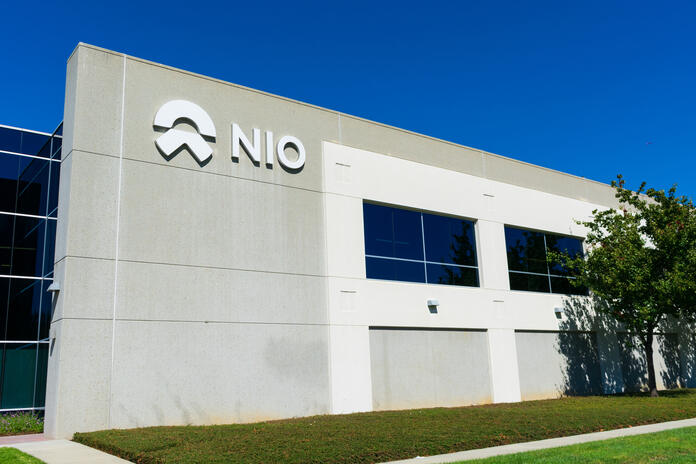NIO (NYSE:NIO), often dubbed the “Tesla of China,” has faced challenges that have impacted its stock performance. Despite optimistic projections from some retail investors and analysts, the company has experienced consecutive annual losses, prompting questions about its long-term trajectory and the possibility of reaching $100 by 2030.
NIO’s Recent Performance
NIO’s stock has not met the bullish expectations set by some, marking its third consecutive year of losses in 2023. Despite initial enthusiasm as the “Tesla of China,” NIO faces stiff competition from China-based BYD, which has surpassed Tesla in total deliveries, including plug-in hybrid vehicles.
Business Model Analysis
NIO’s business model involves contract manufacturing, differentiating it from companies like Tesla, Rivian, and Lucid Motors, which opt for self-manufacturing. While this strategy minimizes capital intensity, recent reports suggest that NIO is contemplating acquiring manufacturing facilities from JAC Motors for greater independence.
NIO has also introduced battery-swapping stations and a subscription model for its batteries to enhance affordability for buyers while generating recurring revenues. Despite challenges, NIO’s focus on adapting its strategies demonstrates resilience in a competitive market.
NIO’s Financial Standing
Contrary to concerns in Q1 2020 about NIO’s survival, the company raised capital strategically and received support from the Chinese government. With a strong balance sheet, including $4.3 billion in cash and cash equivalents as of June, NIO has weathered the EV industry slump and remains financially viable.
2030 Forecast and Challenges
While NIO is expected to survive the current challenges, its long-term forecast hinges on factors such as upcoming model success, sustainable profitability, free cash flows, and international expansion. Plans to enter the U.S. market by 2025 and ongoing shipments to Europe face hurdles, including potential disadvantages due to tax credit rules and anti-subsidy investigations.
Realistic Expectations
NIO’s stock currently trades below $8, with a market cap of approximately $12.8 billion. To reach $100 by 2030, the stock would need to grow at a Compound Annual Growth Rate (CAGR) of over 40%, resulting in a market cap of $180 billion. Realistically, given the current market conditions and challenges, reaching this ambitious target seems unlikely.
In conclusion, while NIO remains a contender in the EV market, achieving a $100 stock price by 2030 appears optimistic. The company’s resilience and adaptability, combined with realistic expectations, position it as an EV stock worth considering in the current market landscape.
Featured Image: Megapixl















